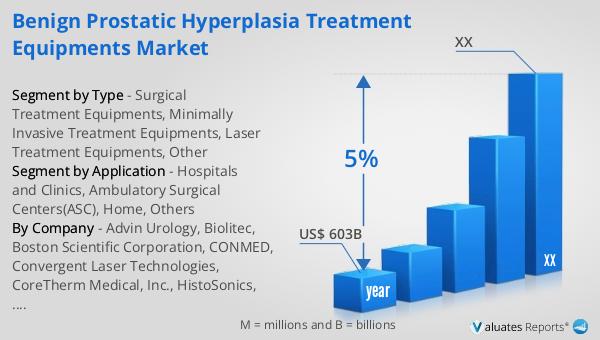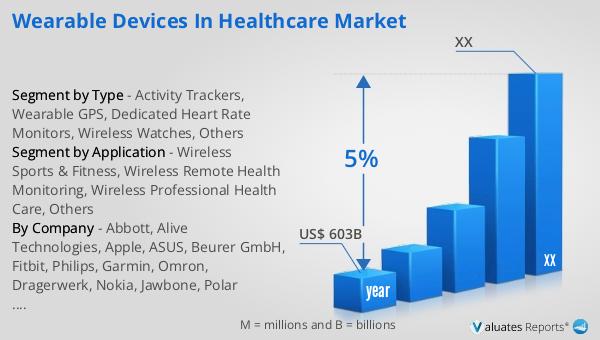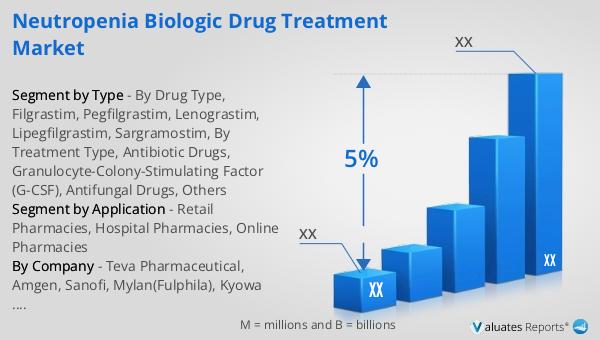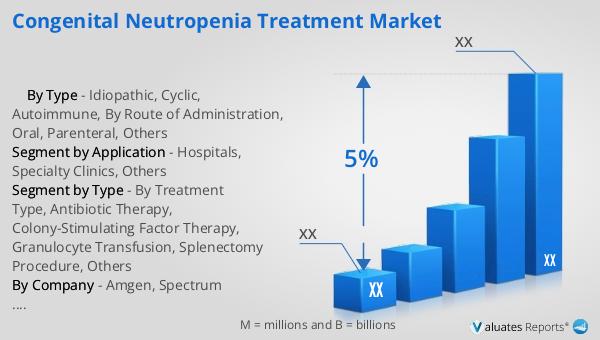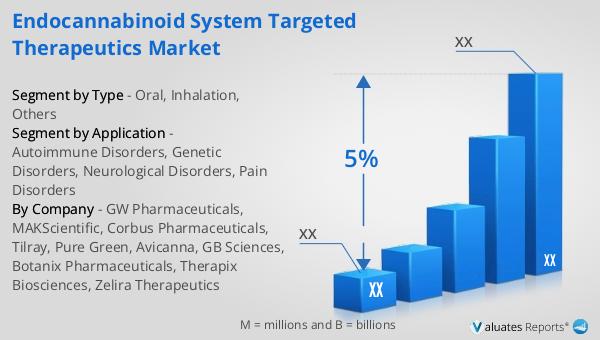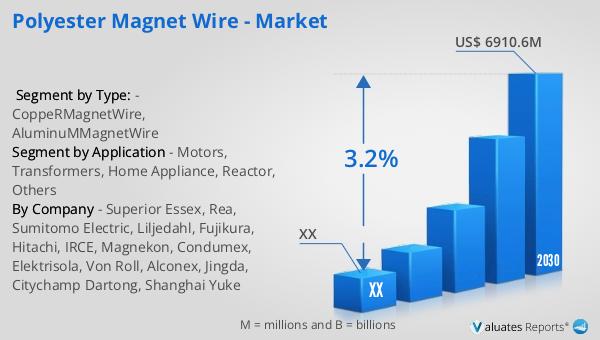What is Global Biodegradable and Bioabsorbable Stents Market?
The Global Biodegradable and Bioabsorbable Stents Market refers to the industry focused on the development, production, and distribution of stents that are designed to be absorbed by the body over time. These stents are used primarily in medical procedures to keep blood vessels open, ensuring proper blood flow. Unlike traditional stents made from metal, biodegradable and bioabsorbable stents are made from materials that naturally dissolve in the body, reducing the risk of long-term complications such as inflammation or thrombosis. This market is driven by the increasing prevalence of cardiovascular diseases, advancements in medical technology, and a growing preference for minimally invasive procedures. The adoption of these stents is expected to improve patient outcomes and reduce the need for additional surgeries. The market encompasses various types of stents, including those made from polymers and metals, each with its own set of advantages and applications. As healthcare systems worldwide continue to evolve, the demand for innovative and effective medical devices like biodegradable and bioabsorbable stents is expected to grow, making this a dynamic and rapidly developing sector.
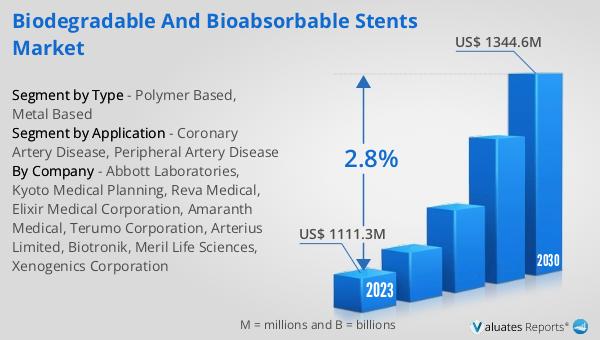
Polymer Based, Metal Based in the Global Biodegradable and Bioabsorbable Stents Market:
Polymer-based and metal-based stents are two primary categories within the Global Biodegradable and Bioabsorbable Stents Market, each offering unique benefits and applications. Polymer-based stents are typically made from materials such as polylactic acid (PLA), polyglycolic acid (PGA), or polycaprolactone (PCL). These materials are chosen for their biocompatibility and ability to degrade into harmless byproducts that the body can easily absorb. Polymer-based stents are often preferred for their flexibility and ease of deployment, making them suitable for a variety of vascular conditions. They are designed to provide temporary support to the blood vessel, gradually dissolving as the vessel heals and regains its natural function. This reduces the risk of long-term complications such as chronic inflammation or restenosis, which is the re-narrowing of the blood vessel. On the other hand, metal-based stents are typically made from materials like magnesium or iron, which are also biocompatible and designed to degrade over time. Metal-based stents offer the advantage of greater radial strength compared to their polymer counterparts, making them particularly useful in situations where the blood vessel requires more robust support. These stents are engineered to provide a balance between mechanical strength and biodegradability, ensuring that they maintain their structural integrity long enough to support the vessel during the critical healing period. Both polymer-based and metal-based stents are subject to rigorous testing and regulatory approval processes to ensure their safety and efficacy. The choice between polymer and metal stents often depends on the specific medical condition being treated, the patient's overall health, and the physician's preference based on clinical experience. Advances in material science and engineering continue to drive innovation in this field, with ongoing research aimed at improving the performance and biocompatibility of both types of stents. As the Global Biodegradable and Bioabsorbable Stents Market evolves, it is likely that we will see the development of new materials and designs that further enhance the benefits of these medical devices. The ultimate goal is to provide patients with safer, more effective treatment options that minimize the risks associated with traditional stents and improve long-term health outcomes.
Coronary Artery Disease, Peripheral Artery Disease in the Global Biodegradable and Bioabsorbable Stents Market:
The usage of biodegradable and bioabsorbable stents in the treatment of coronary artery disease (CAD) and peripheral artery disease (PAD) represents a significant advancement in cardiovascular care. Coronary artery disease, which involves the narrowing or blockage of the coronary arteries, is a leading cause of heart attacks and other cardiovascular events. Traditional metal stents have been used for years to keep these arteries open, but they come with risks such as late stent thrombosis and chronic inflammation. Biodegradable and bioabsorbable stents offer a promising alternative by providing temporary support to the artery and then gradually dissolving, reducing the risk of long-term complications. These stents are particularly beneficial for younger patients or those with a high risk of restenosis, as they eliminate the need for a permanent implant. In the case of peripheral artery disease, which affects the arteries outside the heart, particularly those in the legs, biodegradable and bioabsorbable stents also offer significant advantages. PAD can lead to severe pain, mobility issues, and even limb loss if not properly managed. Traditional treatments often involve the use of metal stents, which can cause complications such as stent fracture or migration. Biodegradable stents, on the other hand, provide the necessary support to the affected artery while it heals and then dissolve, reducing the risk of long-term issues. This is particularly important in the peripheral arteries, which are subject to more movement and stress compared to coronary arteries. The use of biodegradable and bioabsorbable stents in both CAD and PAD is supported by a growing body of clinical evidence demonstrating their safety and efficacy. Studies have shown that these stents can effectively reduce the incidence of restenosis and other complications, leading to better patient outcomes. Additionally, the temporary nature of these stents means that patients are less likely to require additional interventions or surgeries in the future. As a result, the adoption of biodegradable and bioabsorbable stents is expected to continue to grow, driven by the need for safer, more effective treatment options for cardiovascular diseases.
Global Biodegradable and Bioabsorbable Stents Market Outlook:
The global market for biodegradable and bioabsorbable stents was valued at approximately $1.11 billion in 2023. Projections indicate that this market is expected to grow to around $1.34 billion by 2030, reflecting a compound annual growth rate (CAGR) of 2.8% over the forecast period from 2024 to 2030. This growth is driven by several factors, including the increasing prevalence of cardiovascular diseases, advancements in medical technology, and a growing preference for minimally invasive procedures. The adoption of biodegradable and bioabsorbable stents is anticipated to improve patient outcomes and reduce the need for additional surgeries, making them an attractive option for both patients and healthcare providers. As the market continues to evolve, it is likely that we will see further innovations in stent design and materials, leading to even better performance and safety profiles. The ongoing research and development efforts in this field are expected to contribute to the overall growth of the market, providing patients with more effective and safer treatment options for cardiovascular diseases.
| Report Metric | Details |
| Report Name | Biodegradable and Bioabsorbable Stents Market |
| Accounted market size in 2023 | US$ 1111.3 million |
| Forecasted market size in 2030 | US$ 1344.6 million |
| CAGR | 2.8% |
| Base Year | 2023 |
| Forecasted years | 2024 - 2030 |
| Segment by Type |
|
| Segment by Application |
|
| Consumption by Region |
|
| By Company | Abbott Laboratories, Kyoto Medical Planning, Reva Medical, Elixir Medical Corporation, Amaranth Medical, Terumo Corporation, Arterius Limited, Biotronik, Meril Life Sciences, Xenogenics Corporation |
| Forecast units | USD million in value |
| Report coverage | Revenue and volume forecast, company share, competitive landscape, growth factors and trends |
